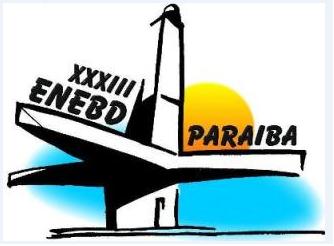MAPPING AND ANALYSIS OF CONCEPTS OF NEPHROPATHY PATIENT RECORD AIMING A CATEGORIZATION AND REPRESENTATION OF INFORMATION
Abstract
The Institutionalization of Scientific Medicine in the fifth century a. C by Hippocrates of Cos, brought the need to register in other media - in addition to biological memory - the historical context of the patient (anamnesis) and the disease course and thus prescribe the possible therapeutic approaches to be adopted. Born there, the patient record, document consists of a set of verbal texts (narratives and reports) and nonverbal (x-rays, echos etc..) Regarding the ill person. By 1907, notes were made in a single document, in chronological order of registration, which hampered access to information when the return of a particular patient for continuity of care, noting, therefore, the need to individualize the charts. In research done to the mapping and analysis of the concepts adopted in nephropathic patients records of the university hospital (HUWC), Federal University of Ceará (UFC) in order to propose a categorization based on the terminology of specialized, aiming at building a taxonomic tree so that mirrors the conceptual representation of domain knowledge and thus contribute to a recovery of quality information. 50 records are digitized by mapping the concepts related to kidney diseases, inserting them into the Protégé software, according to the disease categories identified in the charts, with its many sub-clusters and hierarchical concepts related to it. Results show the representation of recorded knowledge in these documents, therefore, may offer clues indicators that could contribute to the access and retrieval of information.Downloads
Download data is not yet available.
Downloads
Published
2011-02-17
Issue
Section
Articles













